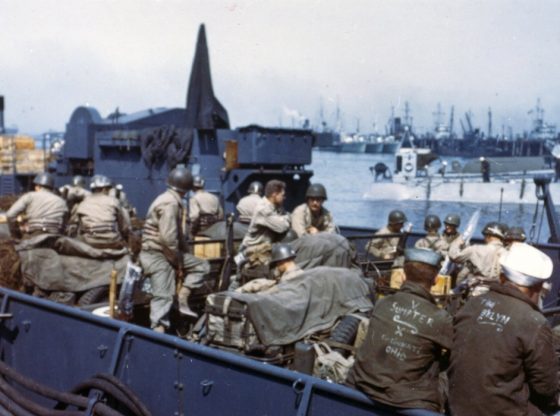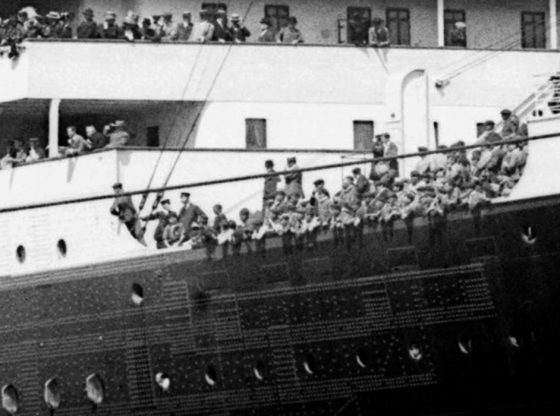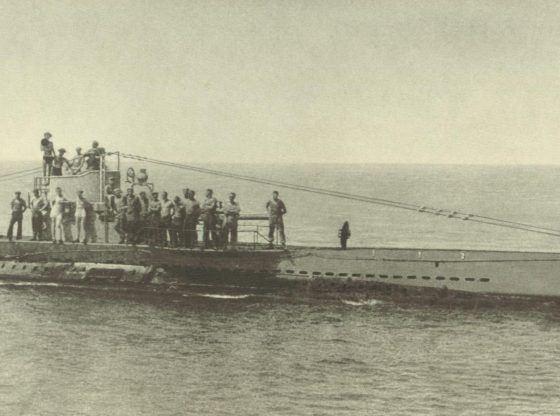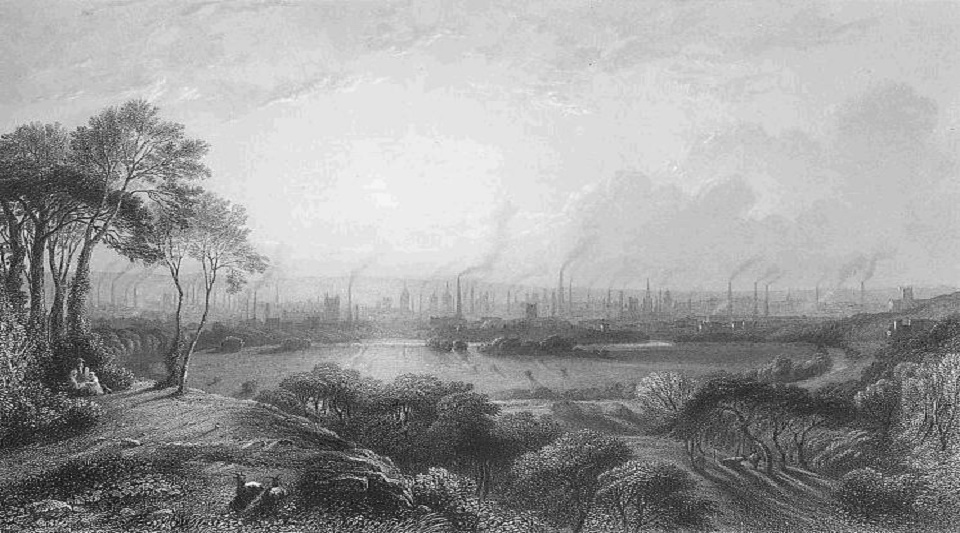
The industrial revolution got its start in England during the late 17th century. It would like the contemporary revolution in France, open and lay the foundation for a new era of radical change in human life, society, politics, and in the world power struggle.
English endowments
This revolution would – with the almost simultaneous political revolution in France – shape our modern world. The industrial revolution would compare to the French Revolution, however, be a much longer and slower process. First perfected in England during the 17th century and then later mastered during the 18th century. It reached the rest of Western Europe around 1815 when the revolutionary war era had come to an end.
There are many factors and endowments in England that gave rise to the initial industrial revolution. These factors all interacted and their impact gave rise to a scientific and technological ignition that took place in the 1780s, shortly after the American Revolution. These factors could contribute to a change of economic transformations and technological developments that began in diverse industries across England.
Among these endowments were some unique to England, others not, they would, however, have an impact on the whole world with a drastic change in agriculture, foreign trade, technology, economic wealth, military might, and transportation. Some of these factors could be found within the structure of how agriculture was done in England, in the foreign trade, the technology used by the Royal Navy, natural resources, raw materials, and transportation facilities available in England.
Besides these factors, there was also a unique stability in society, both politically and economically. A stable rule of a constitutional form and an aristocratic oligarchy with a monarch. A system that had existed in England since 1688 when this form of government was first instigated during the so-called “Glorious Revolution”. England would thereafter be pervaded by a slow but progressive political process towards more democratic governance, inclusive economic and political institutions. This system was to provide political stability and also allowed for a relatively free domestic market which resulted in encouraging individual freedom, initiative, and technological change.
Since the middle ages, there had also existed a well-established bourgeoisie in England. Burghers in England were business owners and private investors and during the 17th century, they were of quite modern from a relative perspective. These business owners were looking to maximize profits and accumulate money. And at the same time in England, there also were also a large percentage of employees in agricultural. These people provided a large potential workforce for business owners and entrepreneurs. These lower classes in society were also relativity better of in England than compared to the rest of Europe, excluding the Netherlands.
Other factors for economic growth can also be noted; a central and well-established credit system, a large mature and efficient national market without tariffs, a national bank, a market with good transportation linkages. At a time when the still fastest means of transportation was by sea, England was building more canals than ever before. In 1770 these canals covered almost the entire south of England with relatively fast and easy transportation of heavy load throughout the country. And the English Royal Navy also provided strong incentives for technological and economic change. The Royal Navy s immense demand of many products for both production and maintenance induced pressure on the efficient production of food, raw materials, and goods needed for ship production – affecting many industrial sectors and fundamental economic structure of England. See “The human story of civilization: Part III: Wealth of Nations” for a deeper analysis and insights into what contributed to rapid economic, political and economic change in England; The Royal Navy, the establishment of The Bank of England and many other important institutions.
All these factors should be recognized and linked to the phenomenon that since the 1830s was named the Industrial Revolution.
Agricultural revolution and a new workforce
The agricultural sector would undergo radical changes and dramatic efficiency improvements. This so-called agrarian revolution would bring about a total change in traditional patterns of farmers and villagers in northern and central Europe. Inspired by Holland and the lowlands; countries that were in the forefront of agricultural effectiveness and methodology since the 1650’s.
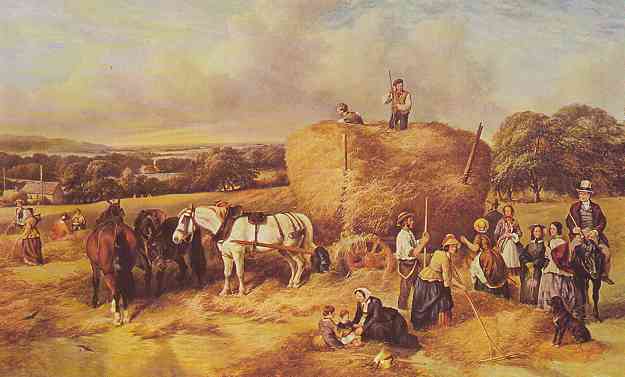
England follows their example of intensification, continuous rotation of cropland, excessive fertilization and a wide variety of crops to mitigate risks; all these changes would together result in a significant increase in production. Between 1700 and 1870 the English agricultural production increased by 300%, while the simultaneous increase of agricultural labor required were only 14%. That is, the marginal productivity for each laborer increased dramatically. This large increase in total agricultural production provided more food to feed England’s rapidly growing population and especially the growing proportion of urbanized peoples. And this is essential, the ability to provide food to a highly urbanized population is essential for the transition from an agrarian to an industrial society.
The agrarian revolution would imply that small farmers would be gradually phased out in favor of more affluent big farmers. During this process more and more small farmers were forced high costs for owning farmland, making it increasingly difficult. Such as legal costs, frequent inspections and especially increasing competition from large farmers. These small farmers were compelled to sell their land and this also resulted in more and more landless peasants. As one historian described the context, “This was an obvious case of class theft, within the current laws regarding property, those enacted by the state, consisting of property owners and lawyers.” This process had its beginning during the 1750s and would have two significant and important effects for the future; the emergence of a strong market-oriented agricultural sector and a proletariat of landless peasants.”
In 1815 a small number of English and Scottish big farmers owned most of the arable land in Great Britain and they would seek higher profits through ever more aggressive competition, often leasing out land to medium-sized farmers to competitive prices. These big farmers were producing to sell on a competitive market using the labor of landless workers in exchange for wages. This labor was in fact entirely dependent on wages. A quite exceptional change and phenomena in the history of mankind. A workforce that would be a prerequisite for future work-against-wages in industrial production and factories located in urban areas.
The navy and the international trade
England was also constantly increasing their power at sea via their navy and the country was on its way to becoming the Empire of the Seas. With its naval power projected around the globe, with international trade and global colonial territories this growing global ambition also had immense effects on the British homelands. The worldwide trading would stimulate the domestic economy and initiate a commercial leadership that began during the 1700th century based on mercantilism developments a century before. A system of economic regulations aimed at increasing state profits and power that would have a growing importance. With economic ideas first introduced by Adam Smith (1723-1790) and his An Inquiry into the Nature and Causes of the Wealth of Nations. The English mercantilism meant also to serve the private interests of individuals and groups as well as the needs of the state.
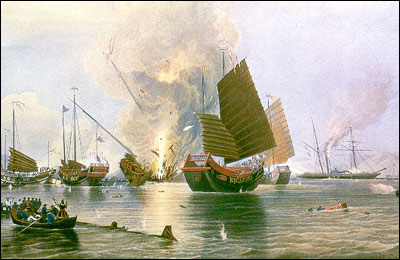
Over time, as England’s international power increased, trading also increased. And through wars, such as the Spanish Succession War and the Seven Years’ War, England would receive an ever-greater sphere of influence with huge colonies in North America, Africa, and India. The British were however not gaining profits primarily through large land territories so much as in controlling key international trading hubs. With a simultaneously growing domestic market and a constantly growing population, real income and total production were constantly increasing. Also, lower food prices as a result of increased productivity and competition within the agricultural sector meant that more people could afford to buy not only more food but other goods as well. And this increasing demand for both domestic and international manufacturing thus benefited the domestic industry and induced ever more production and increased productivity putting ever more pressure on the industry – it would set the stage for things to come.
The breakthrough
This industrial pressure would cause the first major breakthroughs in the Industrial Revolution, with the first factories for the English cotton industry. This previously very inefficient industry, relying heavily on manual labor, would at the year 1765 go through a breakthrough via James Hargreaves machine called “Spinning Jenny”, and Richard Arkwright similar machine driven by water power. These machines would cause an explosion in the production of cotton. In 1790 the production was more than 10 times that compared to the year 1770.
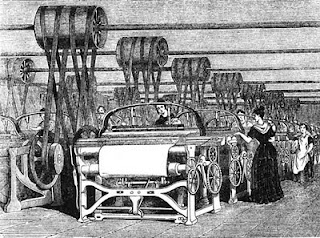
For the workers in this booming cotton industry, this would also lead to a rise in wages, a rise that would spread to also other industries and for the worker’s profession in general.
These new large cotton factories mark a milestone in the industrial revolution. They would in 1831 be mostly mechanized and account for as much as 22 percent of the country’s total industrial production. Often situated in urban areas, where these factories had access to both labor, good transportation, and means of production.
Energy and steam
The energy was another important key factor for continued industrial revolution and production transition. The energy was a scarce commodity in England in the 1700s when wood became ever more expensive as a result of replacement of forest into cropland. Wood was then used as a source of heat for peoples homes, in the industry as a raw material and as heat, and also as a raw material to create charcoal in the process of making iron. In 1740, the English iron industry was in turmoil as a result of the price of wood as an essential raw material. The solution would come in the form of coal, this abundant and therefore cheap raw material would effectively reduce the demand for wood and would replace wood as an energy source to produce heat and mechanical energy to drive machinery.
Coal provided enormous advantages in both energy density and efficiency, as the following example illustrates:
Hard-working miners can dig up about 200 kilos of coal per day through simple tools, approximately equal to 1 horsepower (746 Watts) per hour of labor. A very inefficient transformer could transform only 1 percent of the heat to mechanical energy, which would then produce 27 horsepower per hour of work from the same 200 kilos of coal, and the first steam engines were just such inefficient converters but nevertheless enormously more efficient than human labor.
These mines and shafts grew increasingly deeper, however, resulting in a growing need to pump up water. The mining companies way to confront this problem would implicate ever more elaborate solutions. With horses and draft animals used to power pumps. One mine would have 500 horses only to run their pumps. The final solution would, however, come with the invention of the steam engine. Thomas Savery in 1698 and Thomas Newcomen in 1705, both contributed to the first primitive steam engines. These steam engines used coal to heat water and thereby create steam, driving pumps in mining operations. They were certainly inefficient but compared to the use of animals – they were much more efficient. They would amount to several hundred in the 1770s and were in use throughout the United Kingdom.
Later, James Watt (1736-1819) significantly improved the effectiveness and efficiency of the machines, by the invention of a separate capacitor. The well-developed English economy and domestic market were a necessary precondition for the creation of capital, with investors, skilled workers, and production opportunities. And in 1780 the steam engine would become a commercial success.
The engine came to be used in ever more and wider contexts. Used initially to pump water out of deep mines, it allowed for higher productivity and more coal to be supplied to the market. It would later replace hydropower in both the cotton industry, the food industry (water mills and grinding of grains), beer industry (grinding of malt), the porcelain industry and the sugar industry (grinding of sugar).
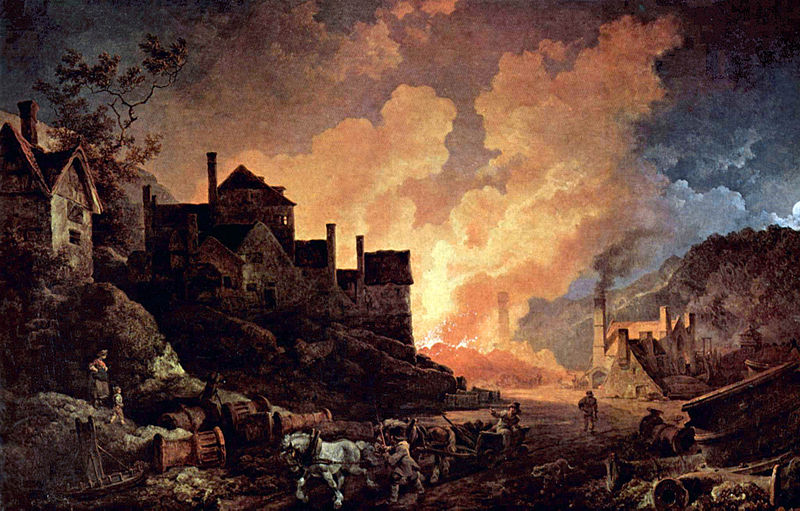
These industries were the first to use steam power but with time, even more, industries came to rely on this new technology. The very important iron industry would be revolutionized in efficiency, productivity, and quality. Also would also allow for new products.
Total production of iron in Great Britain:
1740 – 17,000 tons
1788 – 68,000
1796 – 125,000
1806 – 260,000
1844 – 3 million tons or iron.
Iron which had earlier been so expensive and difficult to obtain had become cheap and was a growing linchpin of the economy.
Heavy shipment was transported primarily via rivers and canals when this was possible. The need for faster and more efficient transport by land was real, the logical conclusion was thus an implementation of the steam engines in transportation on land.
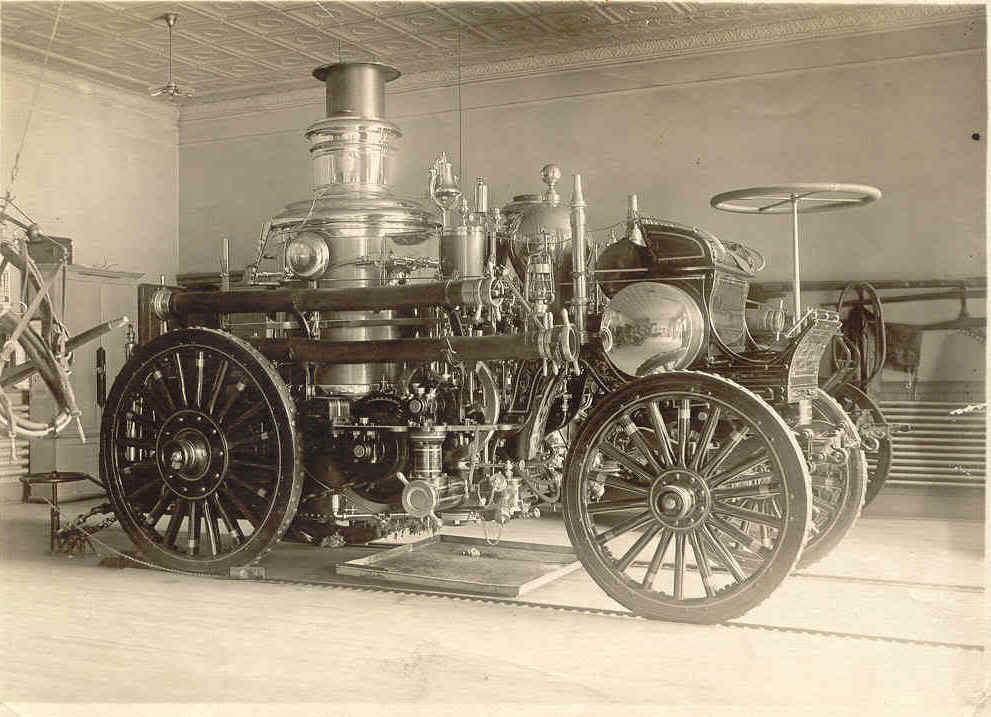
The first steam-powered land vehicles came in the 1800s. These were bulky, loud and often frightened passing horses, resulting in injuries. As well as destroying roads by their immense weight and violent vibrations.
Rail had previously been used in the mining industry to transport coal underground via wagons to ground level. Rails reduced friction and thus enabled heavier shipments. In the year 1825, George Stephenson would present his locomotive, which after ten years of experimentation had reached an efficient design and technological maturity. In 1830 the locomotive called “Rocket” traveled between Liverpool and Manchester with an at that time incredible speed of 26 kilometers per hour. In a short time span of only twenty years, the main backbone of rail was to cover the entire central and southern England – other countries would soon follow.
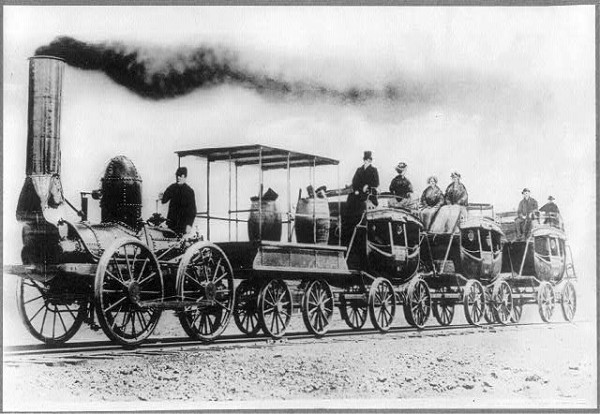
The benefits were many; the costs and uncertainty decreased dramatically when shipping on land became easier, faster and also possible to timely predict. Small and smaller markets expanded in size too much larger markets through faster transportation and for the first time a real domestic market was in effect. This meant access to more customers and thus an induced demand even more and increased the need for ever more production.
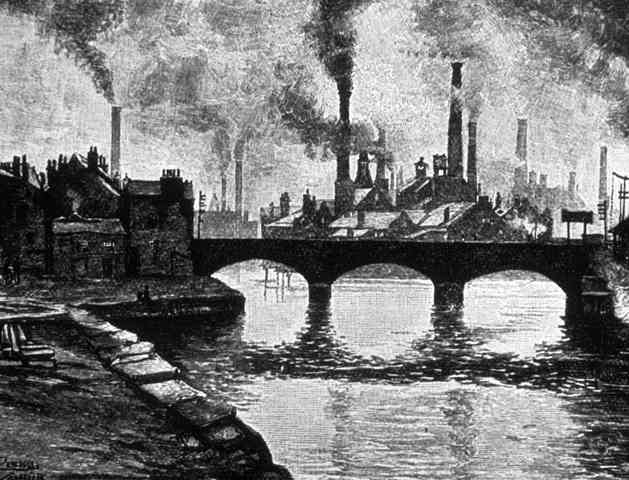
Over time, these factories moved to cities, where labor supply was good thanks to the contemporary urbanization. Access to good and fast transport was also an important factor as cities became hubs in the railway network. The cities were also more viable for factories as with coal replaced hydropower as a primary energy source.
Britain had a very advanced industry by the middle of the 1800s with the rest of Europe and the world still far behind.
Britain, England, Wales, and Scotland, produced 2/3 of the world’s total amount of coal. More than half of the world’s iron and cotton. In the year 1860, Britain stood alone for 20% of total world production in industrial products, compared with only 2% in 1750.
The British economy grew just as spectacularly and its people were also generally richer. At the same time, the UK population exploded, from 9 million in 1780 to 21 million in 1851.
Western convergence
In the 1800s the rest of Europe were to begin industrialization in earnest. The United Kingdom, the United States, Germany and the Low Countries such as Belgium and Holland, were in the forefront. However, the head start by Great Britain gave it an advantage in the extent of industrialization that steadily increased to 1900, and was only in 1913 surpassed by the United States of America as of measurable comparative industrialization.
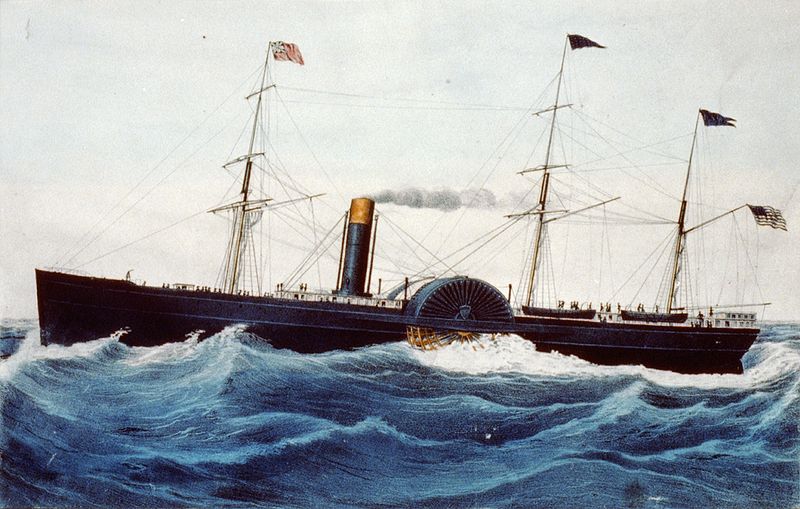
France that had so radically undergone political changes during the late 17th and early 18th century – now exhibited in the context of industrial change instead of the quite opposite. Progress was slow compared to Great Britain. But nevertheless, there was a process of industrialization also here.
The explanation for Germany’s and Belgium’s late but then very rapid industrialization can partially be explained by their unification during the late 18th century. Belgian reached their independence in 1831, and the unification of Germany took place circa 1870.
Later, the first Asian country was to follow the same track as Europe and North America as industrialization were to manifest itself in Japan. With an exceptionally fast industrialization during the late 1800s. England tried to retain its unique advantage to itself by banning exports of machinery and prohibit skilled engineers to leave the country. But the spread of know-how would prove to be difficult. Many skilled people still slipped through the border controls and spread their knowledge. One such person was Fritz Harkort that served in the English army during the Napoleonic war and set up his own factory in the still contemporary calm and peaceful Ruhr valley, in Germany.
As more people came to move into cities and work in factories in exchange for salaries, this transformed society completely. For the first time, large numbers of people gathered under one roof as factory workers, both men, women, and children. A broad middle class and new a working-class transformed by its modern definition resulted from industrialization. Friction between classes would also begin to show, people identified themselves in a class sense, what Karl Marx came to call class consciousness.
Life as a factory worker was very poor. Criticism of industrialization and its results was a common phenomenon. With several notable people expressing their disbelief in the evolution of society, including William Blake that described the first factories.
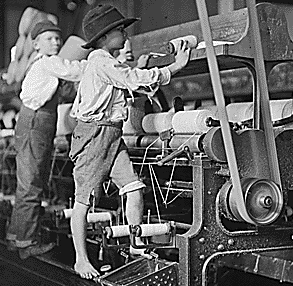
as “satanic mills”. Later, Friedrich Engels (1820-1895) (future revolutionary and colleague of Karl Marx), spread propaganda against the conditions and the hard life of England’s poor, after visits to factories in the north of England, where he described the situation as follows: “I accuse the English middle class of mass murder, mass theft, and a host of other offenses.” He came to have a relatively large impact in his criticisms and the ideas would continue to develop with later socialists like Karl Marx and The Communist Manifesto.
Others expressed their positive outlook on the context of industrial change. Edwin Chadwick pointed out that more people of also the lower strata of society could afford to buy more of the less necessary in life, food, but also luxury goods and such.
However, modern research shows that life as a worker in England was hard life indeed. Their average wages and purchasing power was extremely low and showed no increase between 1780 and 1820. But there was a later positive trend, however; an average worker earned approximately 50% more in 1850 as in 1770. Most people were working 250 days per year in 1760 then 300 days per year in 1830. A normal working day was 11 hours.
With time, however, stricter laws regarding working hours and especially child labor was introduced, these were called “factory acts”. In the year 1833, the first one was introduced, limiting a working day to eight hours
for children between nine and thirteen. For older children between fourteen and eighteen years, no more than twelve hours per day were allowed. The law also prohibited the employment of children under nine years. These laws would gradually have an impact, and over time fewer children were hired in factories. And for entire families to work under the same roof in the same factory became an increasingly rare occurrence.
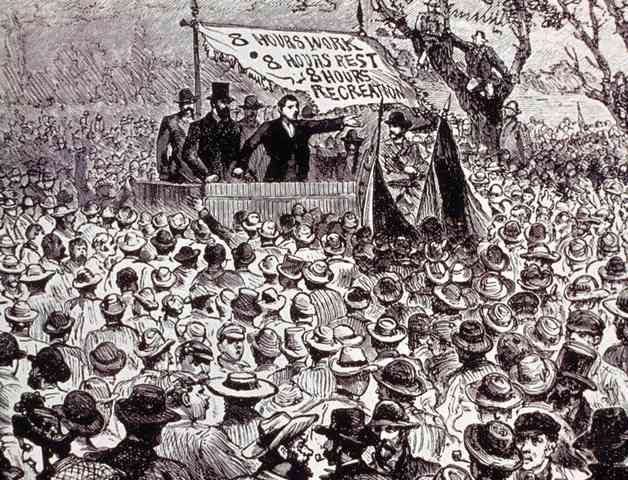
Another process concerning social division was also to occur. Women decreasingly work as labor in factories and the man in the family would instead serve as primary source of income to the whole family, as it had been for the higher classes in society for a long time. Women were denied more jobs with good wages and were increasingly housewife’s instead, taking care if the household, and the children.
Factory workers then began to organize, like many other professions had done since long before, such as carpenters, painters, and other craftsmen. Union organizations were formed despite the fact that they were forbidden by law since 1799, as a result of the French Revolution. With several large strikes occurring, such as that of cotton spinners in Manchester in 1810.
The industrial revolution not only constituted a technological change but had transforming effects for the whole society and for humanity.
The agrarian revolution and food production increments would constitute a population boom. The productivity and economic effects of industrial revolution gave rise to global trade and was the start of economic growth as we now know it. Urbanization created a totally new pattern of living for humans around the world.


